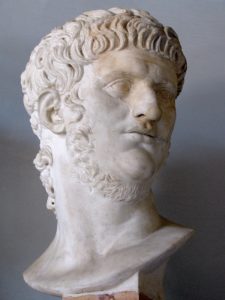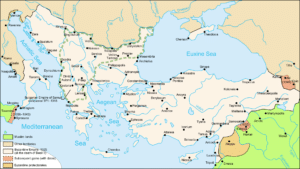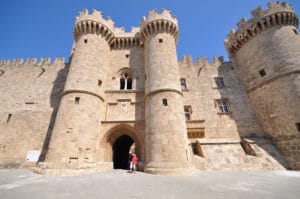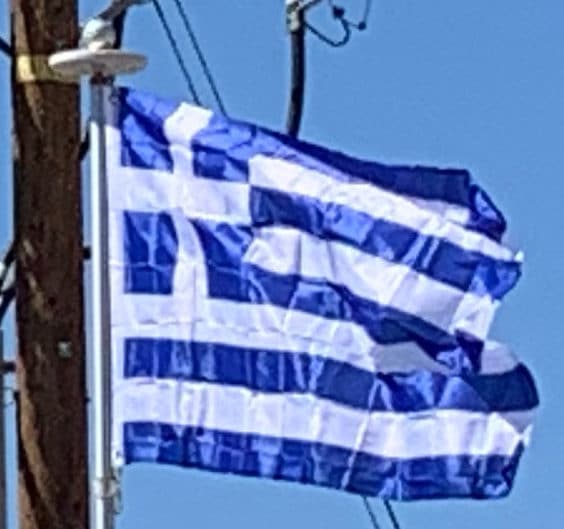
Greek-speaking communities of the Hellenised East were instrumental in the spread of early Christianity in the 2nd and 3rd centuries, and Christianity’s early leaders and writers (notably St Paul) were mostly Greek-speaking, though generally not from Greece itself. The New Testament was written in Greek, and some of its sections (Corinthians, Thessalonians, Philippians, Revelation of St. John of Patmos) attest to the importance of churches in Greece in early Christianity. Nevertheless, much of Greece clung tenaciously to paganism, and ancient Greek religious practices were still in vogue in the late 4th century AD, when they were outlawed by the Roman emperor Theodosius I in 391–392. The last recorded Olympic games were held in 393, and many temples were destroyed or damaged in the century that followed. In Athens and rural areas, paganism is attested well into the sixth century AD and even later. The closure of the Neoplatonic Academy of Athens by the Emperor Justinian in 529 is considered by many to mark the end of antiquity, although there is evidence that the Academy continued its activities for some time after that. Some remote areas such as the southeastern Peloponnese remained pagan until well into the 10th century AD.
Medieval Period (4th – 15th century):
The Roman Empire in the east, following the fall of the Empire in the west in the 5th century, is conventionally known as the Byzantine Empire (but was simply called “Roman Empire” in its own time) and lasted until 1453. With its capital in Constantinople, its language and literary culture was Greek and its religion was predominantly Eastern Orthodox Christian.

From the 4th century, the Empire’s Balkan territories, including Greece, suffered from the dislocation of barbarian invasions. The raids and devastation of the Goths and Huns in the 4th and 5th centuries and the Slavic invasion of Greece in the 7th century resulted in a dramatic collapse in imperial authority in the Greek peninsula. Following the Slavic invasion, the imperial government retained formal control of only the islands and coastal areas, particularly the densely populated walled cities such as Athens, Corinth and Thessalonica, while some mountainous areas in the interior held out on their own and continued to recognize imperial authority. Outside of these areas, a limited amount of Slavic settlement is generally thought to have occurred, although on a much smaller scale than previously thought. However, the view that Greece in late antiquity underwent a crisis of decline, fragmentation and depopulation is now considered outdated, as Greek cities show a high degree of institutional continuity and prosperity between the 4th and 6th centuries AD (and possibly later as well). In the early 6th century, Greece had approximately 80 cities according to the Synecdemus chronicle, and the period from the 4th to the 7th century AD is considered one of high prosperity not just in Greece but in the entire Eastern Mediterranean.

